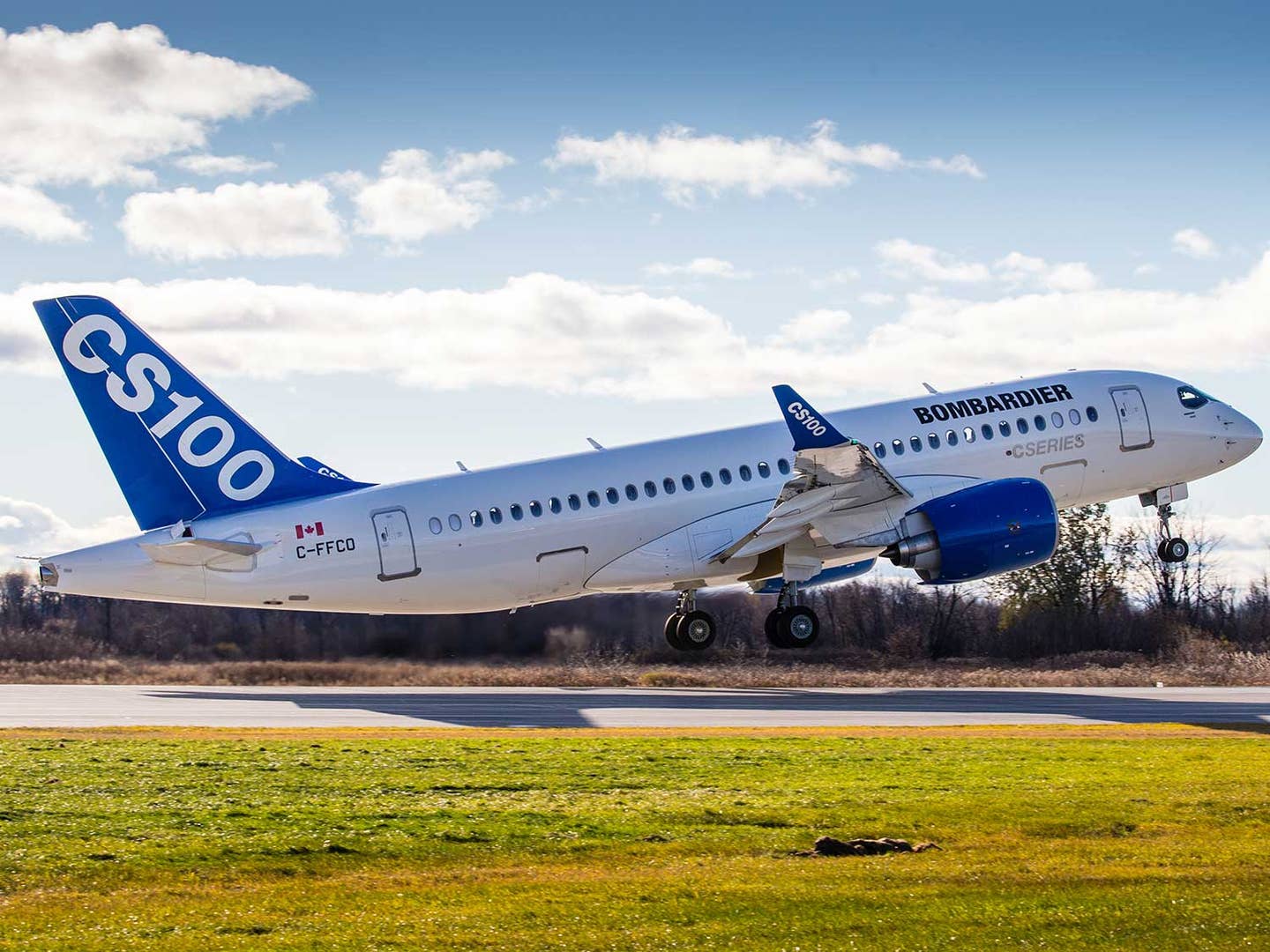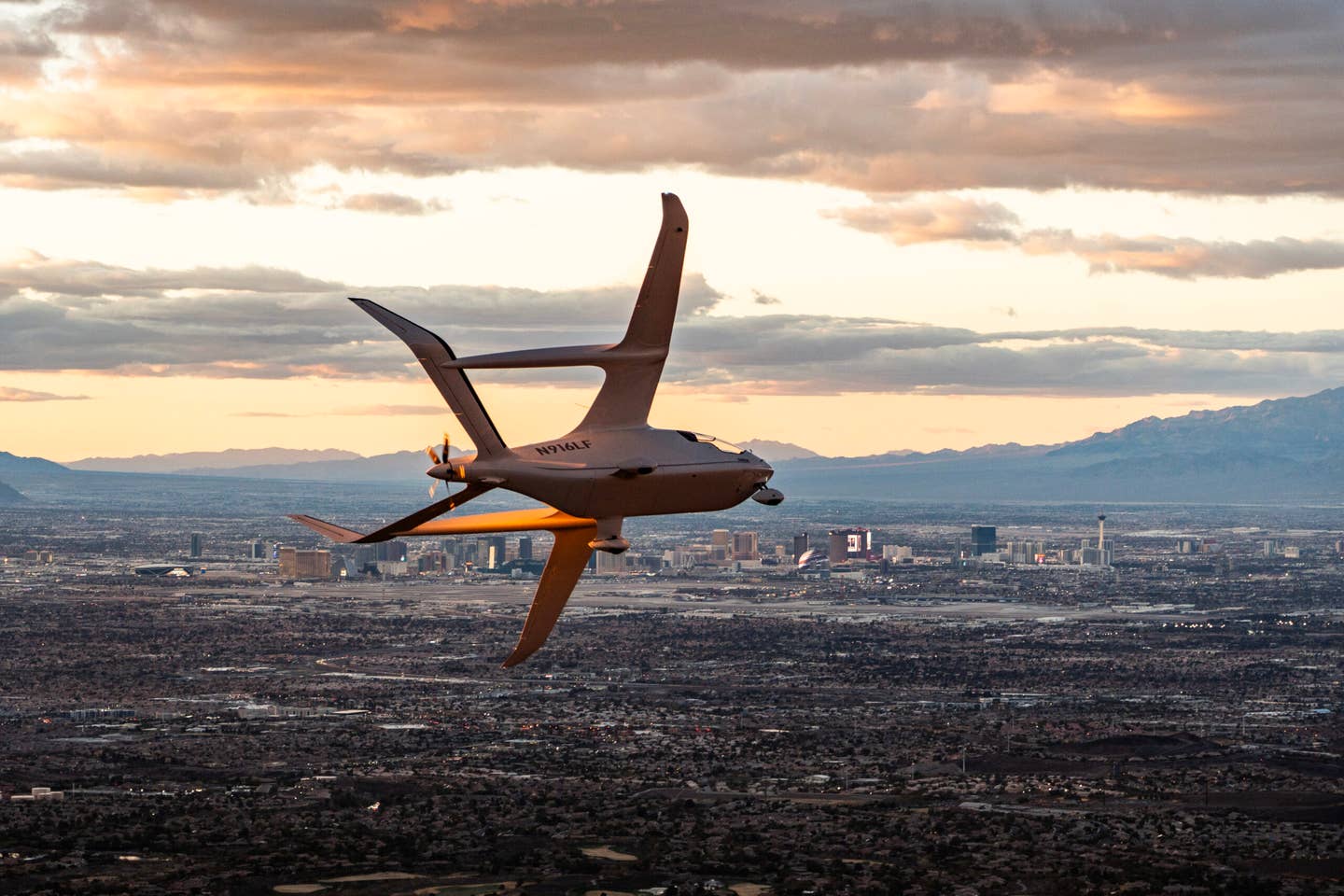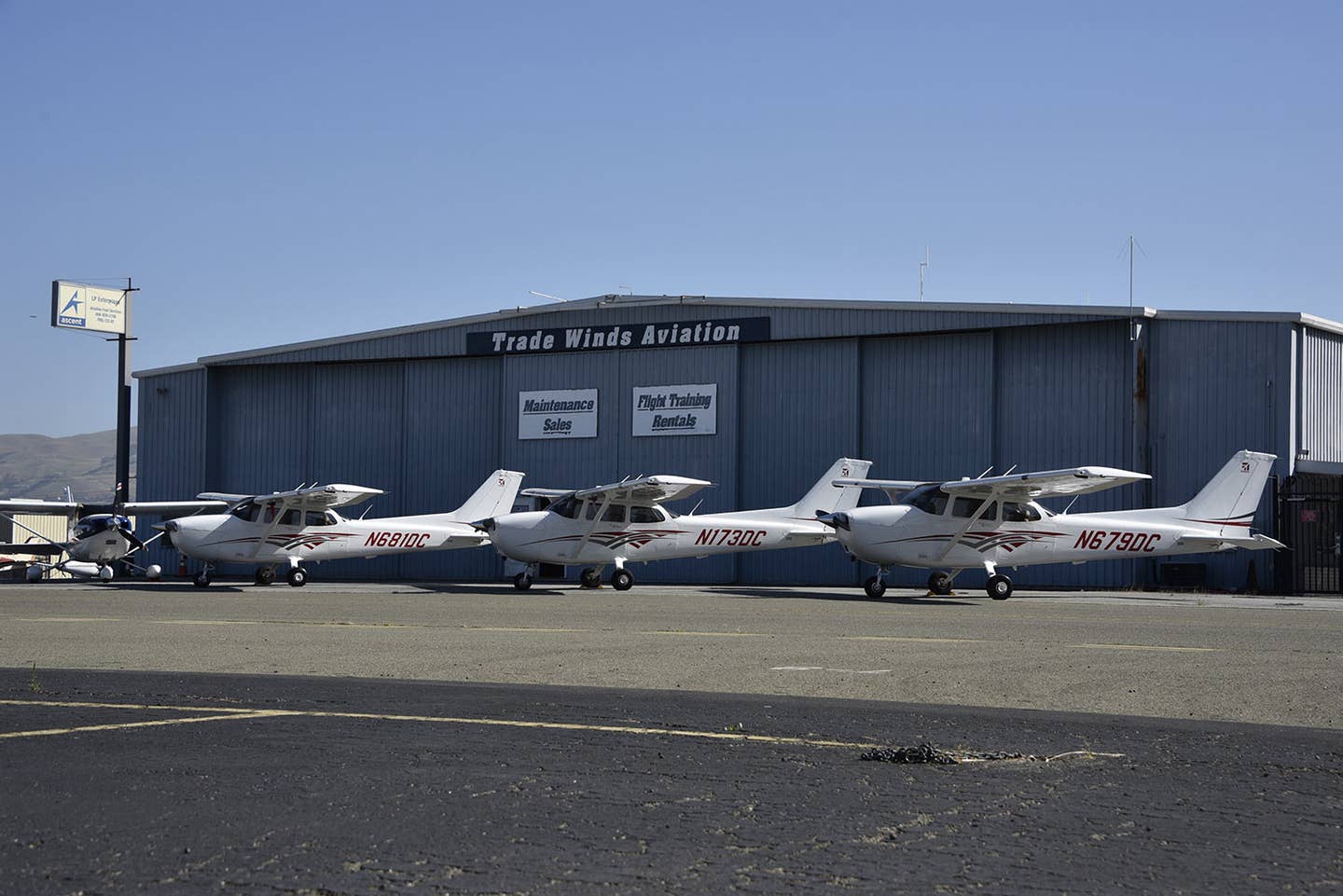
Last year some 4.3 billion passengers flew safely on 46.1 million flights worldwide. Bombardier photo
Each year the safety data for airline travel aboard commercial aircraft weighing more than 12,500 pounds just keeps getting better in the United States according to the International Air Transport Association. There hasn't been a major U.S. airline accident in years. Worth noting is that last weekend's AtlasAir Boeing 767 crash near Houston that claimed the lives of the three crewmembers aboard would not be counted in these IATA statistics because Atlas does not carry passengers.
IATA said, “Last year some 4.3 billion passengers flew safely on 46.1 million flights,” according to Alexandre de Juniac, IATA’s Director General and CEO. Safety organizations like to express operations using rates, making 2018’s 1.35 per one million flights. For the rest of us, that translates into the equivalent of one accident every 740,000 flights. This was an improvement over the average accident rate of 1.79 for the previous 5-year period (2013-2017). But since it was a decline compared to 2017’s record number of 1.11. de Juniac admitted, “2018 was not the extraordinary year that 2017 was.” Data showed an increase in total air carrier accidents to 11 from just one in 2017. Fatalities last year also climbed significantly to 523.
Because IATA is an international organization, passengers can learn quite a bit from paying close attention to the specifics and the data collection labels of these safety numbers. For a third consecutive year, airlines in Sub-Saharan Africa experienced zero jet hull losses and zero fatalities in jet operations. The accident rate there was 2.71, a significant improvement over the rate of 6.80 for the previous five years. Africa was the only region to see a decline in the all-accident rate compared to 2017. However, neither of the two fatal turboprop accidents there involved a scheduled passenger flight.
The world turboprop hull loss rate was 0.60 per million flights, an improvement over 1.23 in 2017 and also over the 5-year rate (2013-2017) of 1.83. All regions except for Middle East-North Africa saw their turboprop safety performance improve in 2018 when compared to their respective 5-year rates. Accidents involving turboprop aircraft represented 24 percent of all accidents in 2018 and 45 percent of fatal accidents.
Part of IATA’s mandate is the search for additional risks in commercial aviation with one well-known hazard being inflight turbulence. In response, IATA has launched Turbulence Aware, a global platform for sharing automated turbulence reports in real time. Operational trials with a number of airlines are being conducted this year, with a full launch planned for 2020.
IATA’s de Juniac said, “Flying is safe, and the data tell us that it is getting safer. For example, if safety in 2018 had remained at the same level as 2013, there would have been 109 accidents instead of 62; and there would have been 18 fatal accidents, instead of the 11 that actually occurred.”

Sign-up for newsletters & special offers!
Get the latest FLYING stories & special offers delivered directly to your inbox






